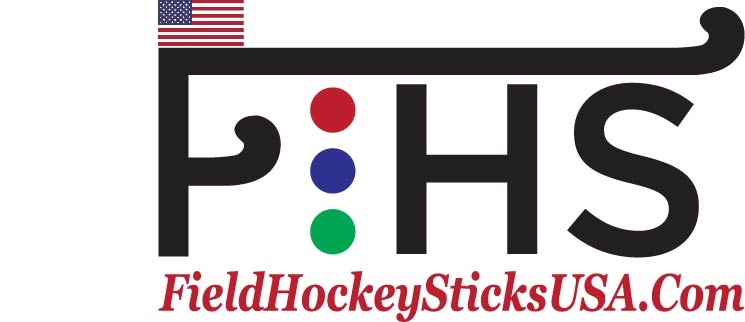Your CART-FREE GROUND SHIPPING OVER $50
Search
How to Select the Right Field Hockey Stick
1. Experience Level
- Beginner Sticks: Designed to help develop basic skills, beginner-friendly sticks focus on control rather than power. These sticks are often made of wood or fiberglass, providing a high degree of control, durability, and affordability.
- Intermediate Sticks: Also referred to as competitive sticks, these are more flexible than beginner sticks and introduce power for long-distance shots. They may contain about 20% carbon to reduce vibrations, making them suitable for players who have learned most basics but are not yet experts.
- Expert Sticks: Made for players with more experience, expert sticks prioritize flexibility and power. They contain a higher carbon content to reduce vibrations efficiently.
- Elite Sticks: For masters of the game, elite sticks provide maximum power without sacrificing touch. They are made with 70 to 100% carbon.
2. Materials
- Wood: A classic material, wood offers flexibility and is forgiving, making it suitable for beginners and intermediate players.
- Carbon: A popular composite for experienced players, carbon increases stiffness, resulting in more power. However, higher carbon content can also make the stick less forgiving.
- Aramid (Kevlar): Known for its strength and heat resistance, aramid fibers add durability to hockey sticks and help absorb vibrations.
- Fiberglass: Strong and durable, fiberglass sticks offer more power than wood and are lightweight, making them easy to handle.
3. Bow Design
The bow refers to the curve or bend of the stick, affecting playing style:
- Late Bow: With a pronounced curve of up to 25mm, this is ideal for expert and elite players focusing on aerial shots, drag flicking, and lifting.
- Control Bow: Slightly shorter, between 22 and 23mm, suitable for advanced players.
- Regular Bow: Ranging from 20mm to 22mm, this bow provides optimal power and control.
4. Toe Design
The toe of the stick influences playing abilities:
- Hook: Resembling the letter 'J', hook toes offer a larger surface area for better ball control.
- Shortie: Common among attacking players, shortie toes facilitate maneuverability and balance.
- Midi: Suitable for beginners and midfielders, midi toes allow for reverse-play, receiving, and flicking.
- Maxi: Ideal for defensive players, providing great hitting ability.
5. Stick Length
Choosing the correct length is crucial, often determined by a player's height. For instance:
- Players who are 4'7" to 5' might opt for a 34-inch stick.
- Players between 5'4" and 5'9" might choose a 36-inch to 36.5-inch stick.
The stick should generally reach 2 inches below the player's hip bone. However, preferences can vary; forwards may prefer shorter sticks for closer ball control, while defenders may opt for longer sticks for extended reach
6. Other Considerations
- Weight: Stick weight affects play. Heavier sticks add power, suitable for defensive positions, while lighter sticks, favored by attackers, aid in quicker backswings.
- Brand Preference: Brands like Grays, TK, Gryphon, Adidas, and Malik offer a variety of sticks. It's essential to test different brands and find what feels best for you.
- Budget: Sticks range in price, with high carbon sticks generally being more expensive. However, the most costly stick might not always be the best fit, depending on a player's level and ability.
When selecting a field hockey stick, prioritize comfort and how it complements your strengths and playing style. Testing different sticks within your budget can help you find the perfect match.
